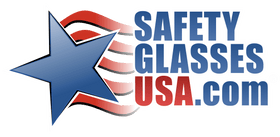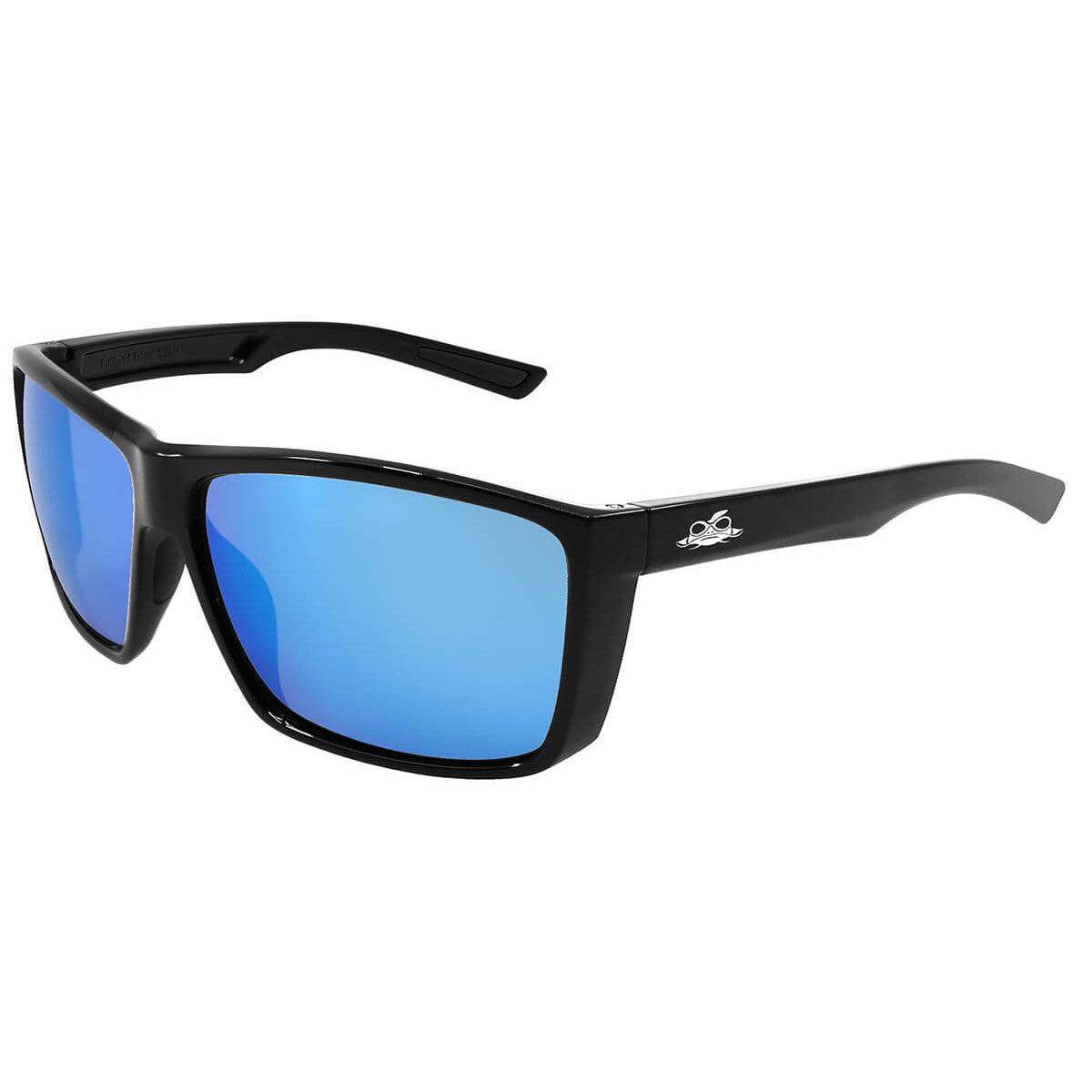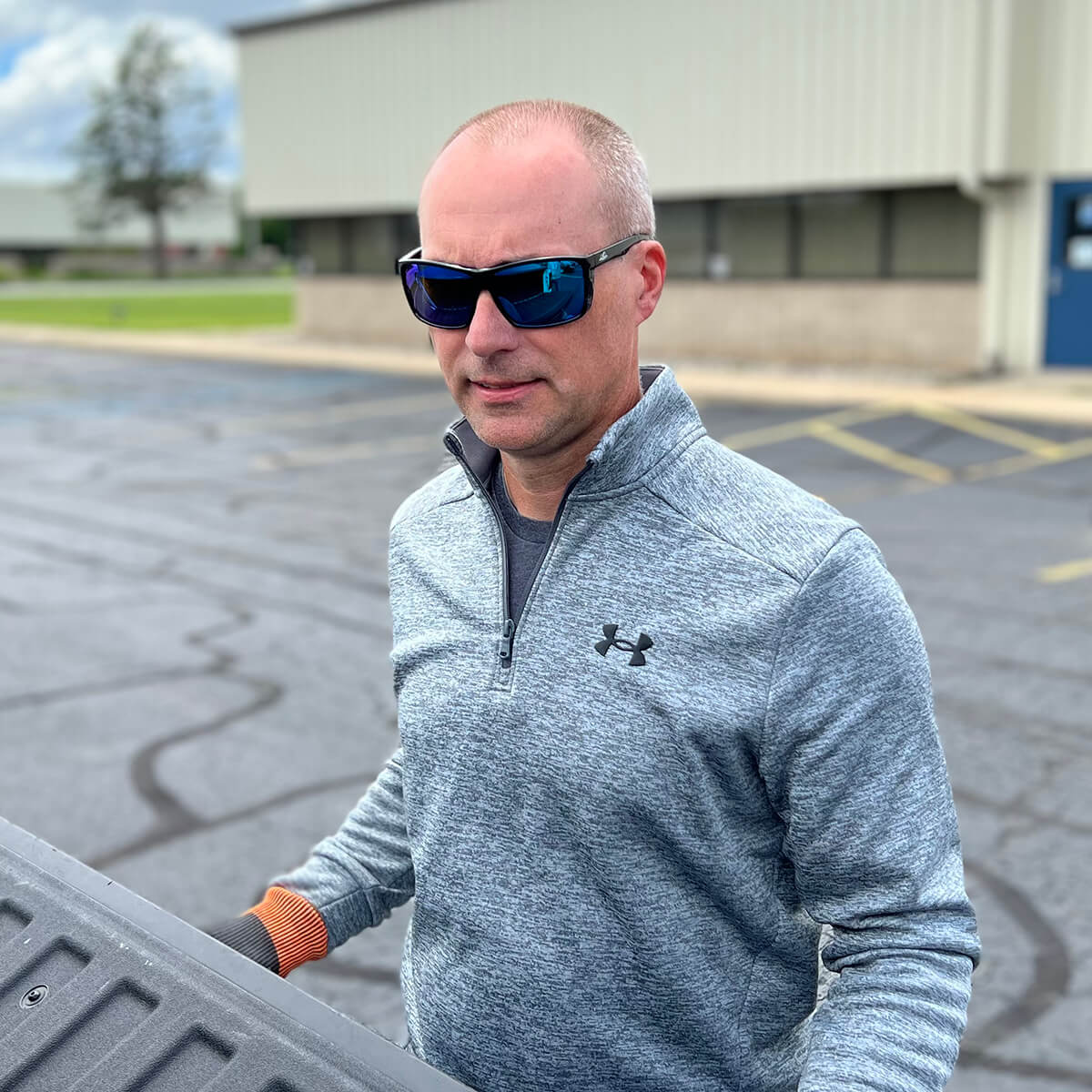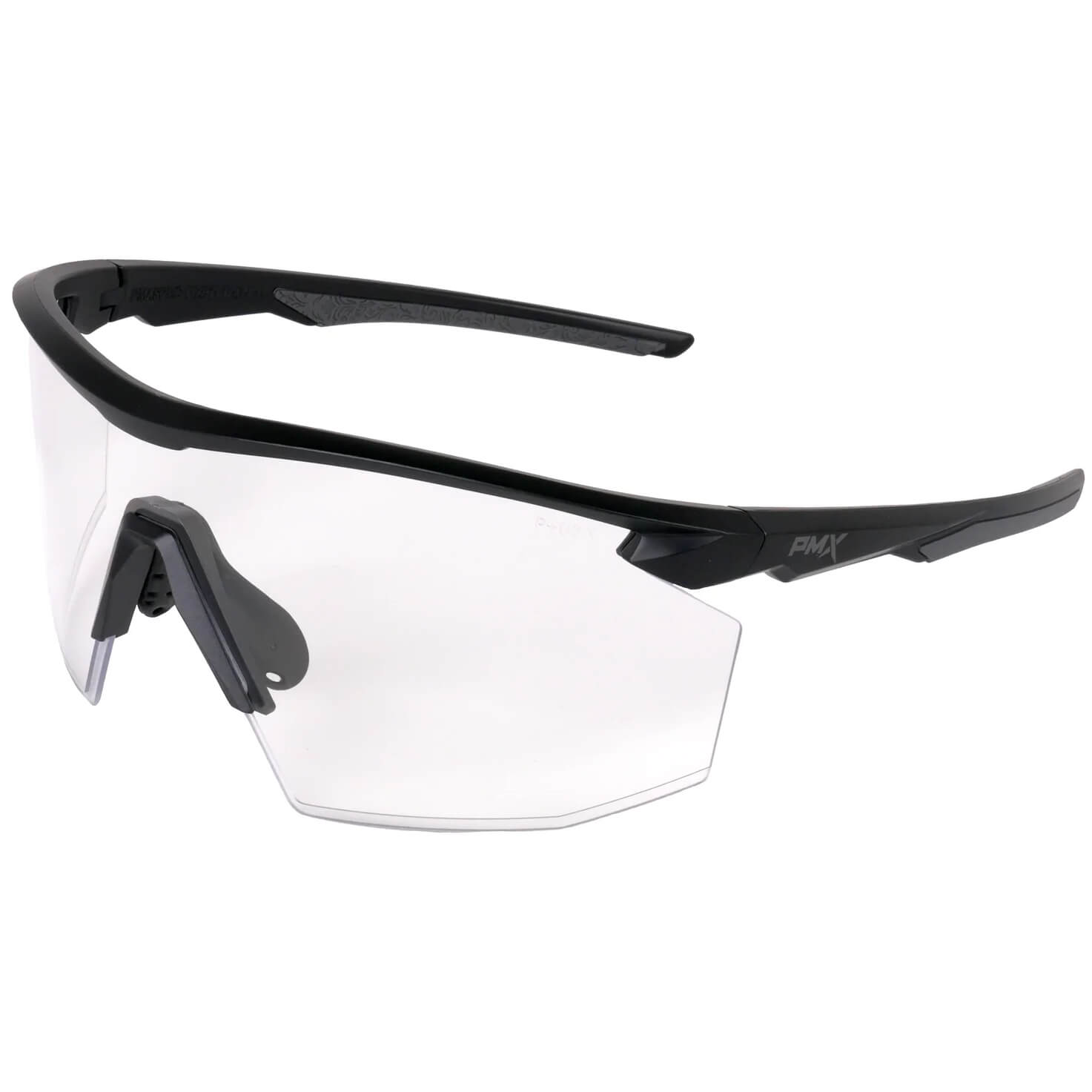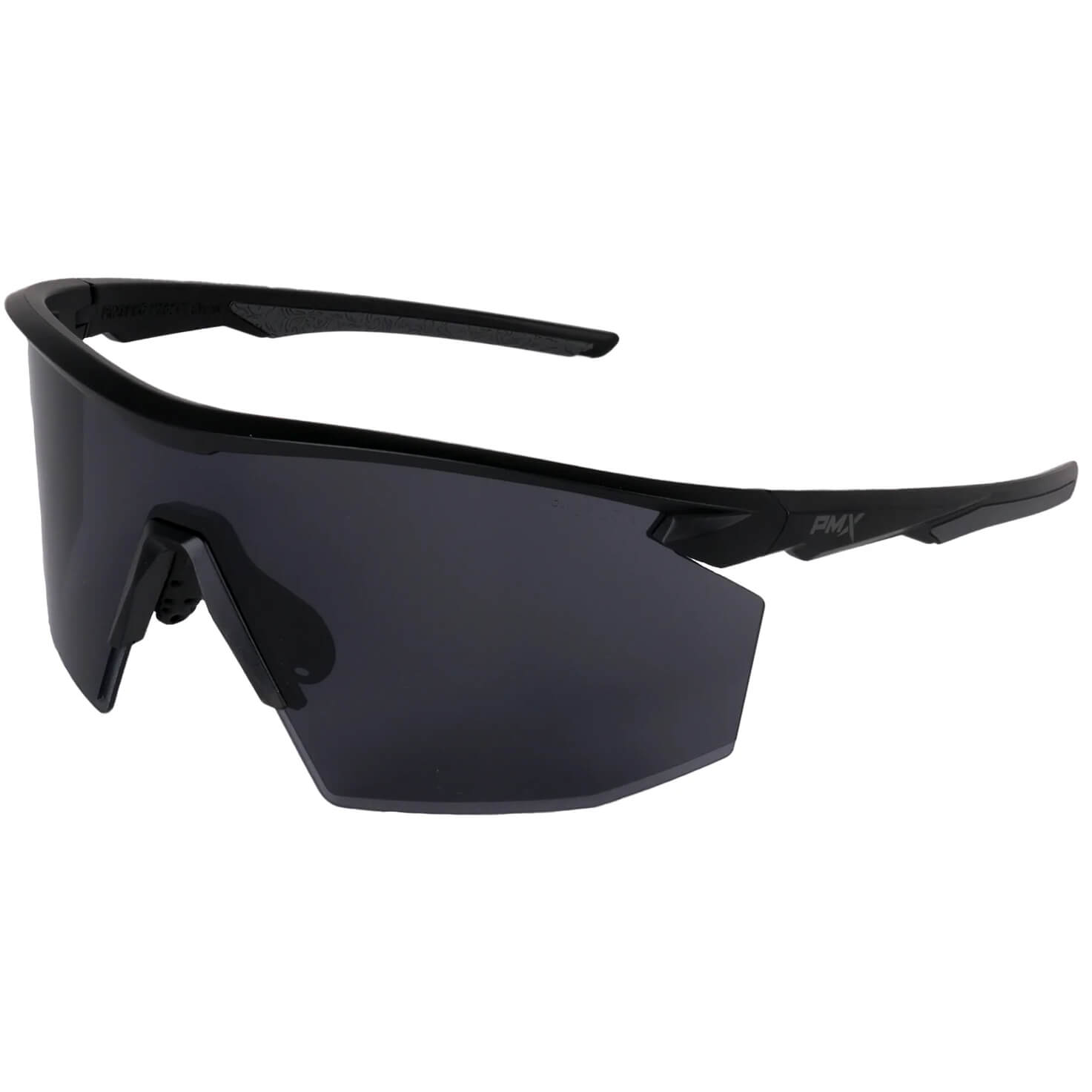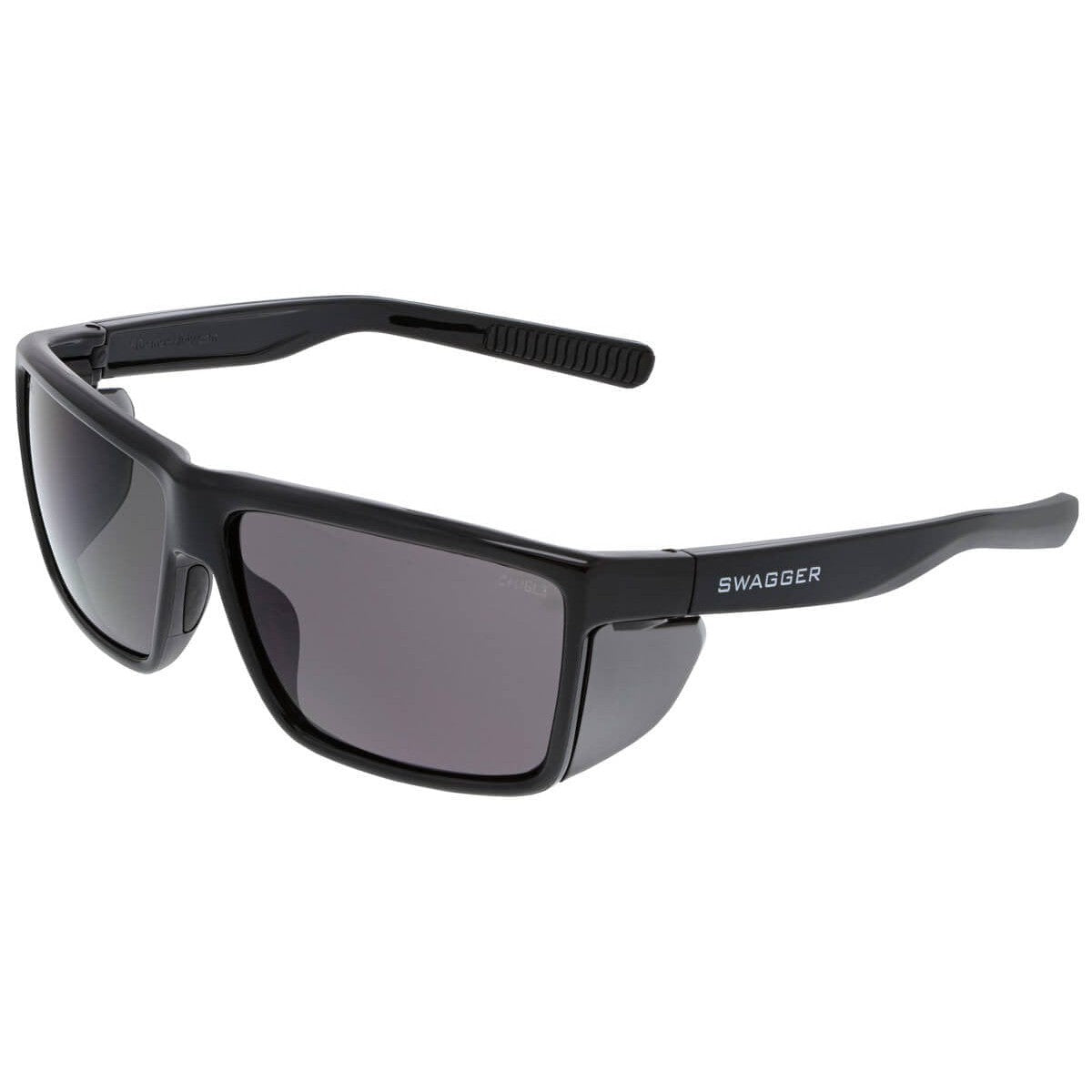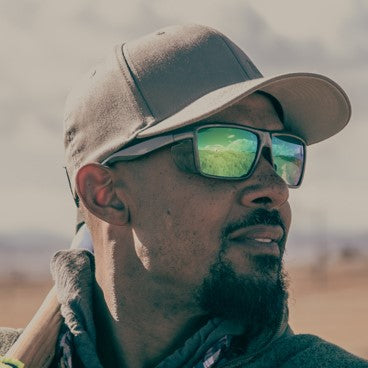Increased Visibility Reduces Accidents
From parking lots and highways to airports and emergency scenes, ensuring workers are easy to spot, especially those operating moving vehicles and equipment, is essential for worker safety. In addition, the need for reflective gear becomes increasingly crucial as visibility decreases, such as in low light, nighttime and inclement weather conditions.
Look no further than the construction site, where more fatal workplace injuries occur than on any other work site, to understand the relevance of high visibility garments. Between 2003-2007, 639 fatal injuries happened on construction sites. 305 were due to a worker being struck by a vehicle or mobile equipment. And 38% were killed by construction equipment and 33% by cars, vans, and tractors. The use of high-visibility clothing provides an essential strategy for reducing these numbers.
High Visibility Clothing has two primary purposes: It should make the wearer more visible to vehicular traffic and more discernible against their background environment. They accomplish these goals through two main design criteria: highly visible background fabric (usually orange or yellow) and reflective tape. The specific amount of visual material and reflective tape recommended depends on the particular work site situation.
Standards & Classes for High Visibility Garments
The American National Standards Institute's (ANSI)/International Safety Equipment Association (ISEA) standards define three classes of high-visibility garments for protecting workers. Higher levels of risk result in an increased requirement in the amount of visibility.
In addition to the basic standards (ANSI/ISEA 107-2004), a revision (ANSI/ISEA 207-2006) accommodates the needs of public safety workers such as law enforcement and emergency responders. Also included in the standards is a Class E requirement which provides recommendations for the highest standard in visibility.
- Class 1 - This class involves situations with a low hazard from slow-moving vehicles (under 25MPS), where ample room exists between workers and moving traffic, and where workers' attention is not quickly diverting from oncoming traffic. In addition, a Class 1 situation means workers are easily discernible from their background environment.
Examples of workers who wear Class 1 garments include parking lot attendants, people retrieving shopping carts, warehouse workers, and sidewalk maintenance workers.
- Class 2 - This class involves medium-level hazards from vehicles exceeding 25MPH, when higher visibility is needed (such as during inclement weather), and when the worker's attention is more easily diverted from approaching traffic. In addition, a Class 2 situation involves less room between workers and moving vehicles and settings where workers are less discernible from their backgrounds.
Examples of workers who wear Class 2 garments include railway workers, school crossing guards, roadway construction workers, utility workers, forestry operation workers, airport baggage handlers/ground crew, trash collection, and individuals in survey crews.
- Public Safety Vests - Requirements for reflective public safety vests fall between Classes 1 and 2. The lesser background area requirement allows for a shorter design to give tactical access to equipment belts. The retro-reflective area requirements are the same as for Class 2. This revision provides flexible optional features such as breakaway design for easy removal (for example, if caught on a passing vehicle), cut-out sides for weapon access, larger sizes to wear over uniforms (such as a firefighter's coat), and radio and badge pockets/holders. Additional options include colored identifiers for different types of public safety workers (red for firefighters, blue for police), which allows law enforcement and emergency responders to distinguish from each other and avoids interchangeability with different types of high visibility vests.
- Class 3 - This class involves high-level hazards from vehicles exceeding 50MPH and/or reduced sight instances. Class 3 situations also usually involve workers and/or operators with high task loads, which means attention is easily drawn away from moving vehicles. The purpose of the Class 3 requirements is to assure workers are completely visible through a full range of body motion and easily identifiable as a person. The visibility of Class 3 garments is enhanced beyond Class 2 by adding background and retro-reflective material to arms and legs.
Examples of workers wearing Class 3 high visibility garments include highway construction workers and flaggers, utility workers, survey crews, and emergency responders.
- Class E - The highest class for visibility standards, Class E combines Class 2 or 3 vests with Class E high-visibility pants.
Examples of applications for Class E standards are a high visibility vest during the day and adding high visibility pants at night to increase visibility. Typically, nighttime highway construction workers and first responders wear a combination of garments to meet Class E standards.
Additional Considerations
Additional considerations when choosing high visibility garments include assessing the need for fire-resistant clothing or a more snug fit (to avoid getting caught on moving equipment). Reflective hats, reflective safety eyewear, and reflective gloves can also add another level of safety for workers in night and low-light conditions.
Also, reflective clothing should be checked often for fading of fluorescence due to sun exposure, dirty material, and torn or missing reflective tape. Finally, ensure your garments fit properly without modification. Remember, garment modification will void the class certification.
The labels on garments should clearly show class, standards compliance, and care instruction. This ensures a worker is wearing the proper high-visibility apparel for the situation. Do not wear the garment if it does not have this information.
Additional High Visibility Clothing Info
Please read the following resources for additional details about meeting OSHA/ANSI standards for high-visibility garments in the workplace:
High Visibility Clothing for Heavy & Highway Construction by the Alliance and OSHA Cooperative Program
